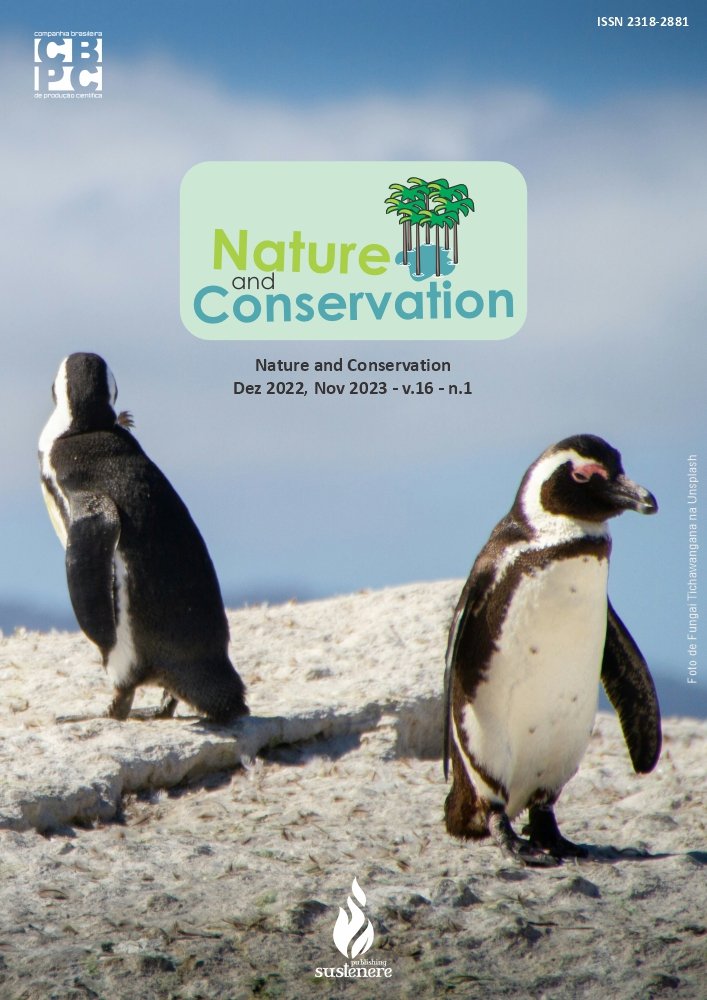Gas exchange and quality of Enterolobium contortisiliquum (vell.) Morong seedlings under hydrogel doses in different hydric regimes
DOI:
https://doi.org/10.6008/CBPC2179-6858.2021.011.0003Keywords:
Recovery of Degraded Areas, Tamboril, Water Déficit, Semi-AridAbstract
The present work aimed to evaluate the effect of doses of hydrogel on the development of Enterolobium contortisiliquum under different hydric regimes. The experiment was conducted in a greenhouse in the experimental area of the Forest Nursery of the Forest Engineering Academic Unit of the Federal University of Campina Grande, in the city of Patos-PB. The experiment was conducted in a randomized block design, in a 2 x 3 factorial scheme, with two (2) hydric regimes (80% and 40% of the substrate field capacity) and three (3) doses of hydrogel (0, 1.5g and 3.0g), totaling six (6) treatments in four repetitions and one plant per plot. The growth of the plants was evaluated every 15 days regarding the number of leaves (plant unit-1), neck diameter (mm) and plant height (cm). At the end of the experiment, root system growth, aboveground dry mass, root system dry mass, relative water content (TRA), and gas exchange were evaluated. The initial and final growth data were obtained and submitted to analysis of variance to detect possible effects of treatments on the analyzed variables using the SISVAR program. The water regime of 40% did not reach a deficit level sufficient to provide water stress to the monkfish seedlings. The incorporation of hydrogel into the substrate at different water regimes did not influence the growth, development and quality of monkfish seedlings. Monkfish is a fast growing species even under limited water conditions.
Downloads
Downloads
Published
Issue
Section
License
Copyright (c) 2021 Ibero-American Journal of Environmental Sciences

This work is licensed under a Creative Commons Attribution-NonCommercial-NoDerivatives 4.0 International License.
The CBPC - Companhia Brasileira de Produção Científica (Brazil CNPJ: 11.221.422/0001-03) the material rights of the published works. The rights relate to the publication of the work anywhere in the world, including rights to renewals, expansions and dissemination of the contribution, as well as other subsidiary rights. All electronically published works may subsequently be published in printed collections under the coordination of this company and / or its partners. The authors preserve the copyright, but are not allowed to publish the contribution in another medium, printed or digital, in Portuguese or in translation.









